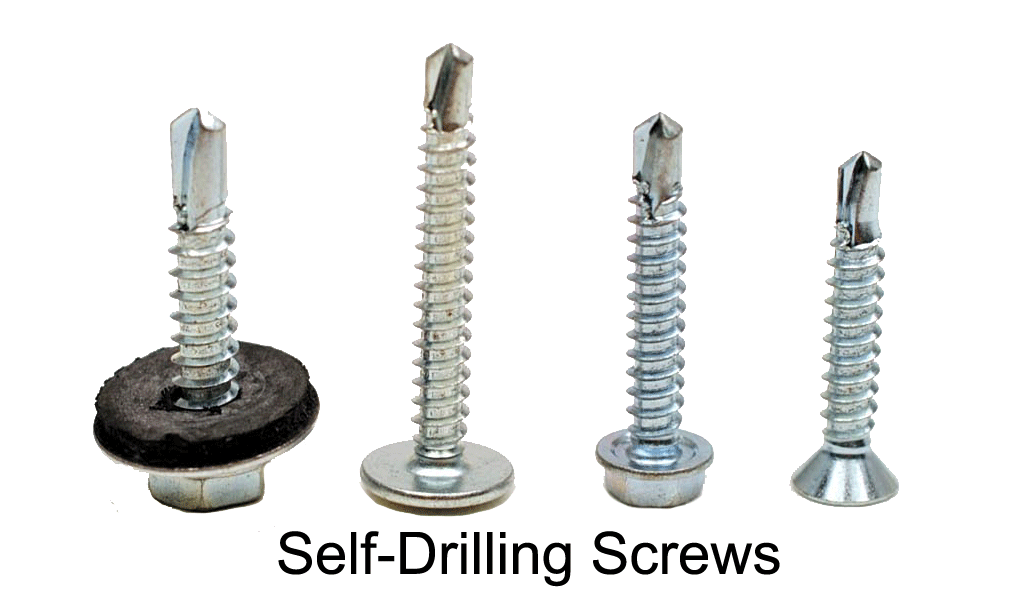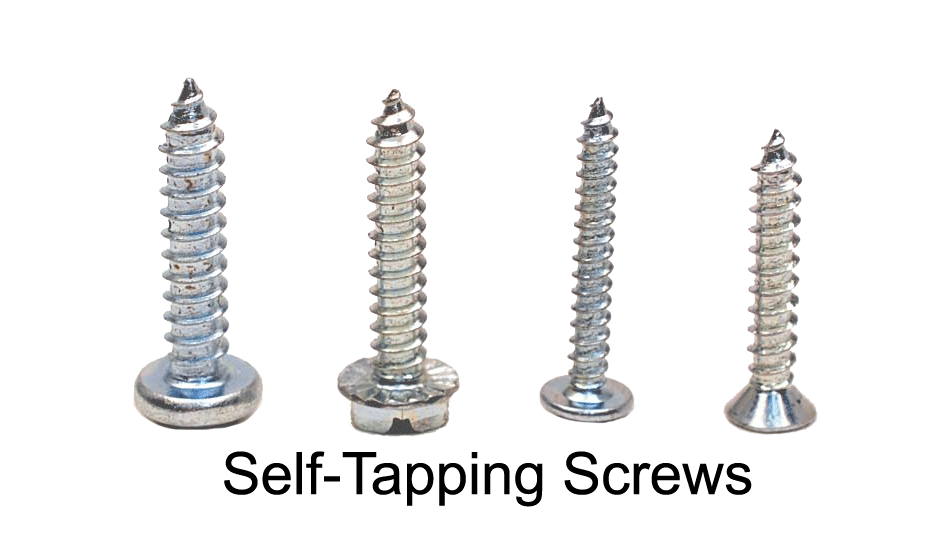Self-Drilling versus Self-Tapping - Why do so many people get this wrong?
Posted by Lexar Industrial on Mar 26th 2022
Self-drilling and self-tapping screws are two completely different products yet the terms are often used to refer to the same design. You'll find photos and articles all over the Internet incorrectly referring to drill point screws as "self-tappers". It also doesn't help that a major brand is marketing it's drill point screws as "Tappers"!
The term tapping refers to cutting threads into a piece of material as you would do with a thread tap. Self-tapping screws do indeed tap their own threads but they require you to drill a pilot hole. Only a drill point screw is considered a self-drilling screw and has a clearly visible drill point tip design.

Self-tapping screws come in many different designs for use in materials such as sheet metal, wood, plastics, and concrete. These screws typically require a pre-drilled pilot hole since the point of the screw is not sharp and does not remove any material as it is installed.

Self-drilling screws are designed for use in metal. They may be attaching a variety of different materials to metal, but the base substrate should always be metal. The drill point removes material during installation to make room for the fastener and the thread will be designed to attach firmly to the metal substrate.
Drill point screws are often used in heavy gauge sheet metals and structural steels up to 1/2" in thickness. For lighter gauge sheet metals such as HVAC ductwork, installers typically don't like to use drill point screws because they remove too much material and cause the threads to strip out and the connection to loosen.
Lexar Industrial carries a full assortment of self-drilling screws as well as self-tapping sheet metal screws in a wide variety of sizes and designs. To discuss your specific application or determine which fastener would be best for you, don't hesitate to contact us.
